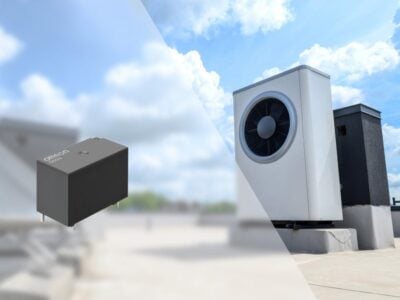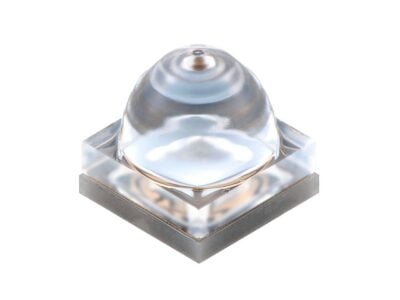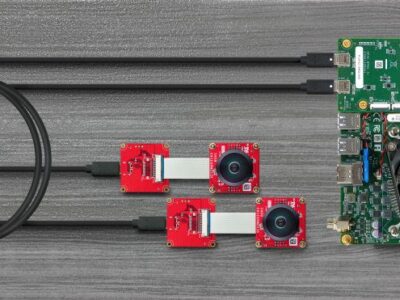
Source Measurement Unit provides 7A DC pulse current
Besides characterising of materials and electronic components, the Model 2460’s features give it the adaptability needed for use in a wide range of applications: Its four-quadrant voltage and current source/load coupled with precision voltage and current measurement capabilities make it suitable for research and development of high power semiconductor devices made of wide bandgap materials such as silicon carbide (SiC) and gallium nitride (GaN). These features also make it well suited for characterizing elements of power conversion and management systems, such as solar cells/panels, new materials, and power management devices for telecommunications, consumer electronics, automotive, and medical products.
For electrochemistry applications, the Model 2460’s high current output supports galvanic cycling of rechargeable batteries; its four-quadrant source and sink design makes it suitable for cyclic voltammetry with electrochemical cells. Its built-in control and display features also make the Model 2460 useful for characterizing electrochemical deposition, corrosion, and electroplating.
For characterizing optoelectronic devices like LEDs, OLEDs, HBLEDs, solid-state lighting, and laser diodes, the instrument’s 7A DC capability provides the high current needed for forward and reverse bias I-V characterization; the 7A pulse current capability minimizes device self-heating during leakage current testing.
The Model 2460 consolidates the functionality of a power supply, true current source, 6½-digit multimeter, electronic load, and trigger controller in one tightly integrated, half-rack instrument. In response to changes in the test and measurement market, including shrinking product design/development cycles, fewer personnel devoted exclusively to test engineering, and the growing number of instrument users who are relatively new to test, the Model 2460’s design incorporates ease-of-use features that ensure a faster “time-to-answer” than competitive solutions.
A full graphical plotting window converts raw data and displays it immediately as useful information, such as semiconductor I-V curves and voltammograms. The touchscreen supports “pinch and zoom” operation to allow examining data in the graph in detail.
Four so-called quickset modes simplify setting the Model 2460 up to make a measurement without the need to configure the instrument indirectly for this operation. The integrated KickStart instrument control software simplifies taking and graphing data. Data also can be stored to disk, and then exported any application software for further analysis.
The Model 2460 is also engineered to simplify integration into automated test systems. The onboard Test Script Processor embeds test programs into non-volatile memory within the instrument itself to provide higher test throughput by eliminating the GPIB/USB/LAN traffic problems common to systems dependent on an external PC controller. TSP supports testing multiple devices in parallel, with each instrument in the system able to run its own test sequence, creating a fully multi-threaded test environment.
Test system builders can connect multiple Model 2460s and other TSP instruments in a master-slave configuration that operates as one integrated system. The TSP-Link expansion bus supports up to 32 units per GPIB, USB, or IP address, making it easy to scale a system to fit an application’s particular requirements.
A rear panel mass termination connector, remote control interfaces (GPIB, USB 2.0, and LXI/Ethernet), D-sub 9-pin digital I/O port (for internal/external trigger signals and handler control), instrument interlock control, and TSP-Link jacks allow users to configure multiple instrument test solutions and eliminate the need to invest in additional adapter accessories.
More information: www.touchtestinvent.com
Read also:
Smart-device app for source-measure unit (SMU) instruments
Tools and Techniques for Electrical Characterization of Biosensors
Get in touch with the changing user interface of today’s test instruments – part 1
 If you enjoyed this article, you will like the following ones: don't miss them by subscribing to :
eeNews on Google News
If you enjoyed this article, you will like the following ones: don't miss them by subscribing to :
eeNews on Google News




